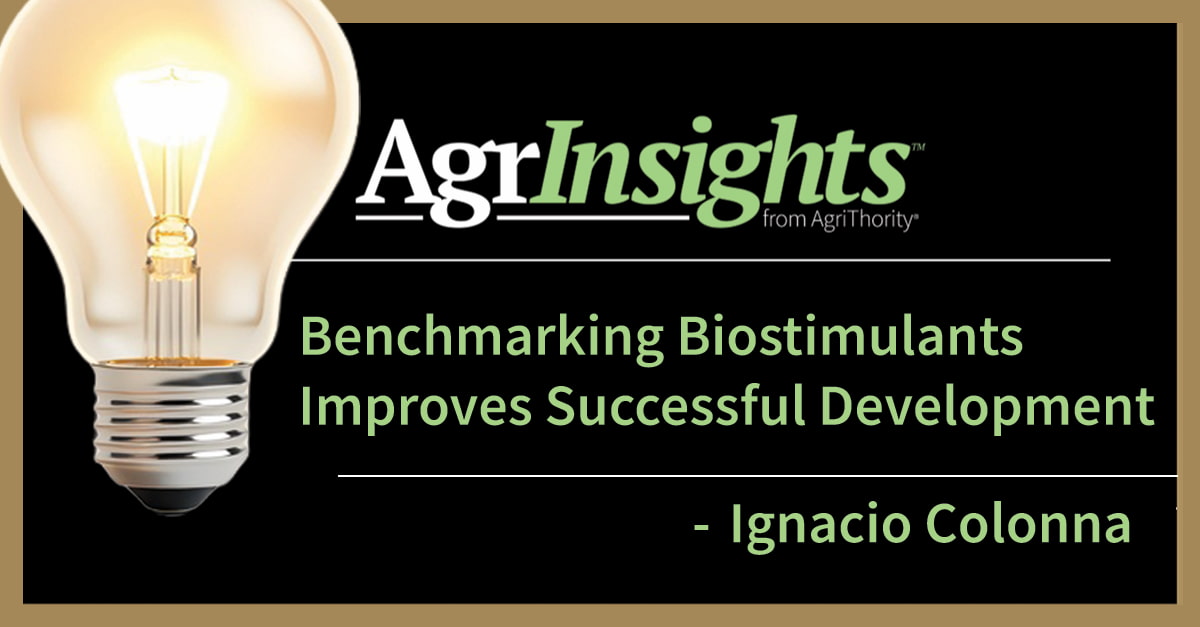The challenges of climate change are everywhere, and they are especially important in agriculture. That’s why climate-smart farming is driving so much attention. Technologies now should not be focused only on increasing yields to feed a growing population, but also to drive the resilience of crop production in face of an uncertain climate and to reduce the impact of agricultural activities on the environment. So, it is not only about producing more, but doing so better and smarter, all under unreliable conditions. This is not trivial. The definition of “climate-smart” can be very broad, standards of performance are not clearly defined, and the concept is not completely understood by farmers challenged with rising product costs. Companies are developing new technologies under those new premises, but how can climate-smart farming technologies move from form to function?
Impacts of Climate Change
A recent “Farmer Voice” survey published by Bayer showed that 71 percent of farmers have already seen large climate change impacts on their farm, and even more are worried about this in the future. On average, farmers estimated a 15.7 percent reduction in income due to climate change over the past two years, and one in six identified more than 25 percent income loss. The study consisted of 800 farmers globally who were independently interviewed.
The climate has been changing as long as the Earth has been around. In recent history, events like the Dust Bowl of the 1930s occurred because an extreme drought in Kansas, Colorado, Oklahoma, Texas and New Mexico brought a heightened awareness of what can happen in a severe drought if soil health practices aren’t maintained.
The impacts of climate change on agriculture can be broadly divided into two categories.
The first is about the ability of crops to deal with increasingly irregular weather patterns, especially changes in temperature and rainfall, including more extreme weather events. These changes can translate not only into droughts or excessive rainfall, but also in shifts of growing seasons, changes in weed, insects and disease patterns and spectrum and, finally, an increased depletion of nutrients. In this case, the challenges translate into how to maintain performance and therefore, economic sustainability.
The second is related to the impact of agriculture on the environment in general and on the climate specifically. Although agriculture production removes carbon from the atmosphere, the input intensity results in net carbon emissions, and thus contributes to climate change. How can the agriculture industry minimize carbon emissions, so it can become climate positive. That will require changes in practices and inputs. In this case, the challenge is how to become part of the solution for climate change and environmental sustainability.
Agriculture companies are answering the call for more technologies and practices to face those issuess. Many of them are truly novel and innovative. These require changes in mindset of product concepts, product development processes, and sometimes regulatory approaches. Novelty has a price. But those challenges also bring opportunities for new ideas and new markets. Being part of the solution is always more rewarding.
Carbon Sequestration
To make agriculture part of the solution for climate change, the carbon emissions market is one opportunity for growers to have an additional source of revenue and for companies to come up with technologies that reduce agriculture carbon footprint. From more well-adopted technologies like the many Nitrogen-fixing products to more novel carbon sequestration products like microbes that capture carbon and store it in the soil, new products are hitting the market every year.
No-till and cover crops have been regenerative agriculture methods for years. But like the challenges with carbon sequestration technologies, growers must know how to implement them to make them useful. According to the United States Department of Agriculture (USDA) National Agricultural Statistics Service (NASS), more than half of the U.S. acres were already no-till or conservation tillage as of 2021. Cover crops are much less widely adopted, which is likely because the return on investment is uncertain.
Companies like Indigo and others have carbon credits that can be earned through reducing Nitrogen use, planting cover crops and reducing tilling. No matter the method, it’s important to move any strategy from form to function. Farmers must understand the need, determine the best approach or product(s) and be able to implement it to make it reality.
Water Management Technologies
Drought, falling water levels and water access continue to be larger issues facing growers worldwide. Many technologies seek to address those issues through sensors, salinity reduction, superabsorbent seed coatings, variable rate and subsurface irrigation systems, soil health to improve water availability, and many more. In addition, crops are continually bred for more drought tolerance or resistance.
There are many ways to tackle water issues, and the agriculture industry is rising to the challenge to continue to find new ways to mitigate water issues. Lack of water is an issue where farmers can visibly see the results, so these technologies could be some of the most readily adopted climate-smart farming products in the future.
Biologicals That Benefit Soil Health
There are many different types of biologicals with varying purposes and impact. But many biological products also improve soil health through:
- Stimulating and enhancing the microbiome
- Feeding the microbiome
- Shifting the microbiome population
- And leveraging the microbiome to provide supplemental nitrogen or to improve phosphate availability
Improving soil health can help the soil retain nutrients, carbon and water more efficiently. In addition to helping the crops be more productive and healthy, these benefits can help agriculture contribute to the world’s climate goals.
With all changes, new technologies come to market to solve the challenges. But it doesn’t stop there. Growers must understand what climate-smart farming technologies are going to make the most impact on their operation and how to implement them. It’s necessary for companies to put the technology adoption process into practice.
When your Research is ready for Development, turn to AgriThority® for the scientific product, business and market expertise that can make the difference between a great idea and a breakthrough.



